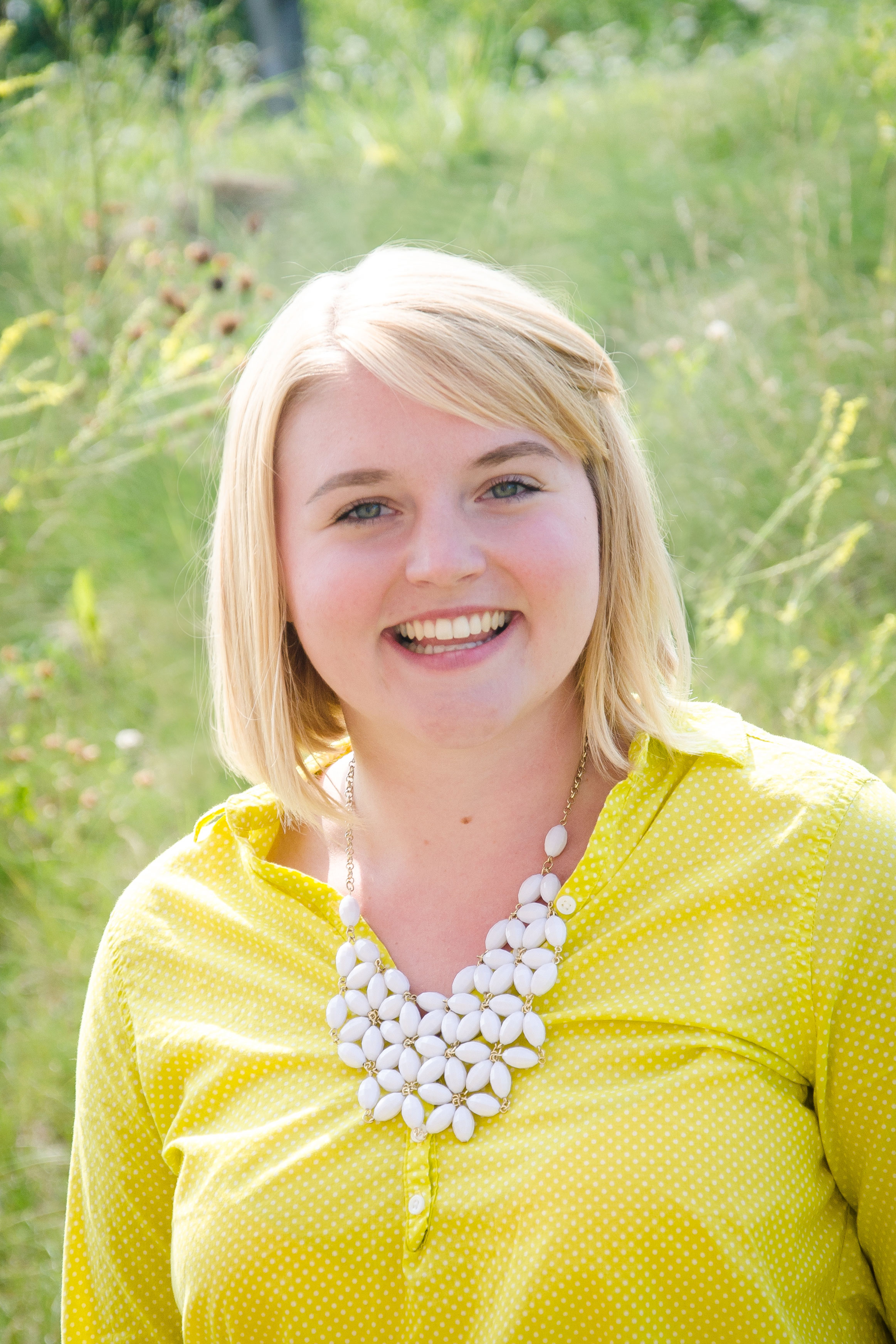Knowing what shoe to use when is one of the most important parts of a farrier’s job. This becomes especially critical when a horse begins showing signs of lameness. In these cases, understanding the pathology will improve the farrier’s chance of finding a shoeing solution for the lameness problem.
At a recent clinic in Langley, British Columbia, Dallas Morgan, CJF, gave a presentation on basic shoeing techniques to assist treatment of bone and soft tissue pathologies.
“My best piece of advice for farriers is to request as specific a diagnosis from the veterinarian as possible. Then, design a shoe that is specific for that pathology,” the New York farrier says. “Rather than just putting your best guess shoe forward and hoping it will fix the problem, it’s much more productive for everyone involved to determine what the actual problem is and address the pathology with the intent of relieving the affected structure.”
The event, held on May 2, was sponsored by the Delta Mustad Hoofcare Center and drew roughly 70 attendees.
The day began with a live shoeing. “We put an Equilibrium shoe by Delta Mustad on the right front and for the right hind I made a concave shoe and used Mustad concave nails,” Morgan says.
“On the right front, the horse was fairly long in the toe and would benefit from breakover built into the shoe. The equilibrium has a rolled toe and quarter clips so it was the ideal shoe for that foot.”
With the afternoon came Morgan’s presentation that covered multiple case studies demonstrating how bone and soft tissue pathologies differ and why a specific diagnosis is important. He told attendees that some of the techniques farriers can use are as simple as modifying a few different kinds of Mustad shoes, including the St. Croix Advantage and Equilibrium.
Morgan also spoke extensively about the use of asymmetrical shoeing and how it can be used to assist in the treatment of specific pathologies in sport horses.
Hanni Christensen of High Country Horseshoes, the shop where the clinic was held, says they have been holding similar clinics for the past 23 years, not just in appreciation of their farrier clients, but also to recognize the importance of bringing continuing education to the farriers in the surrounding community.








Post a comment
Report Abusive Comment